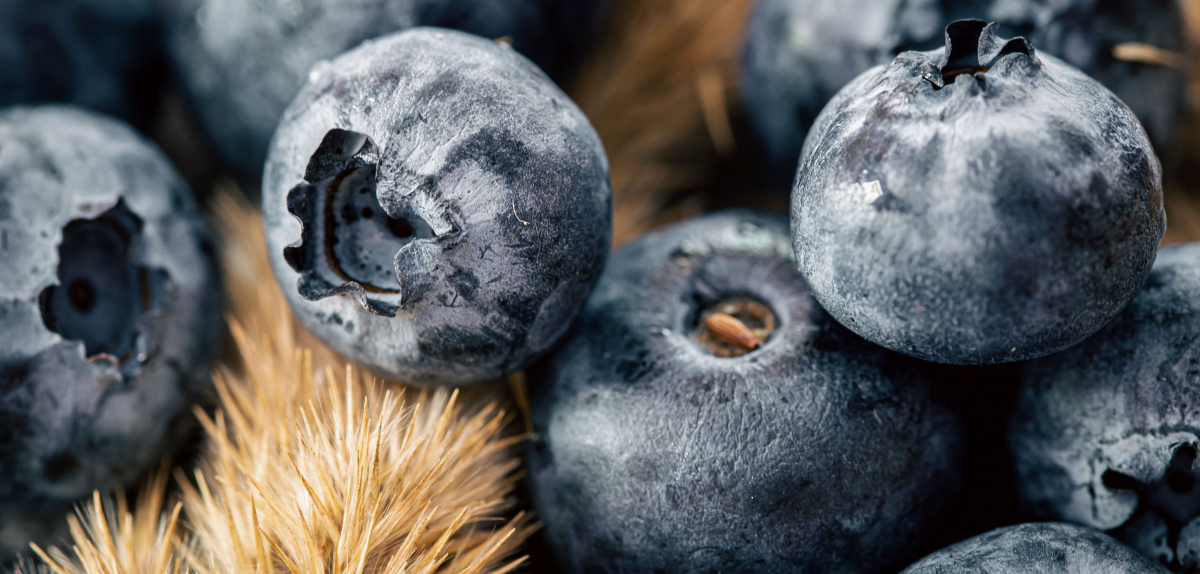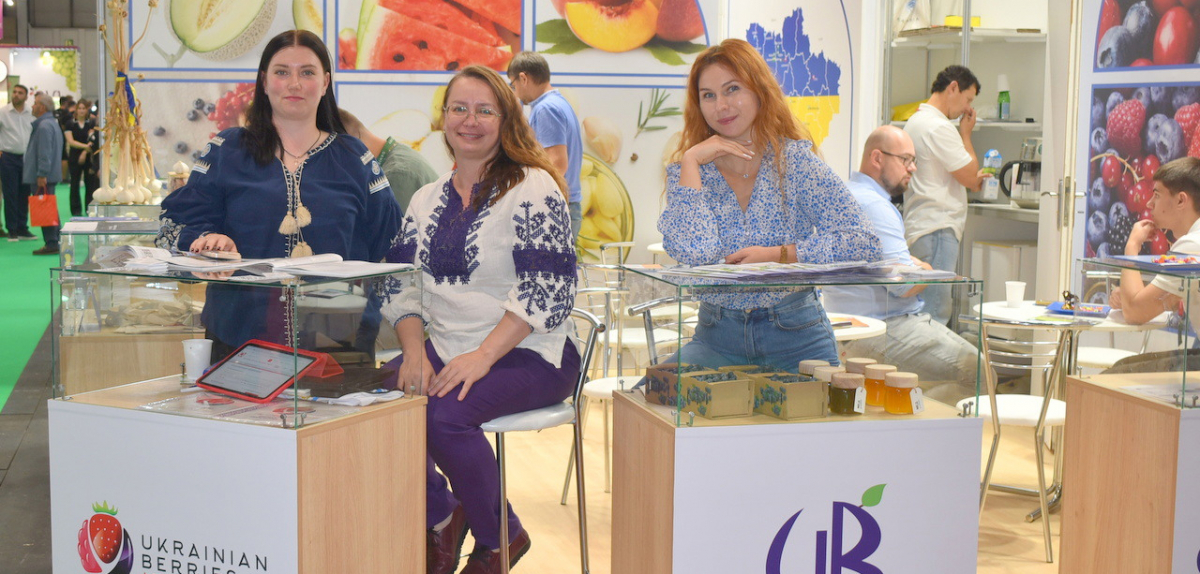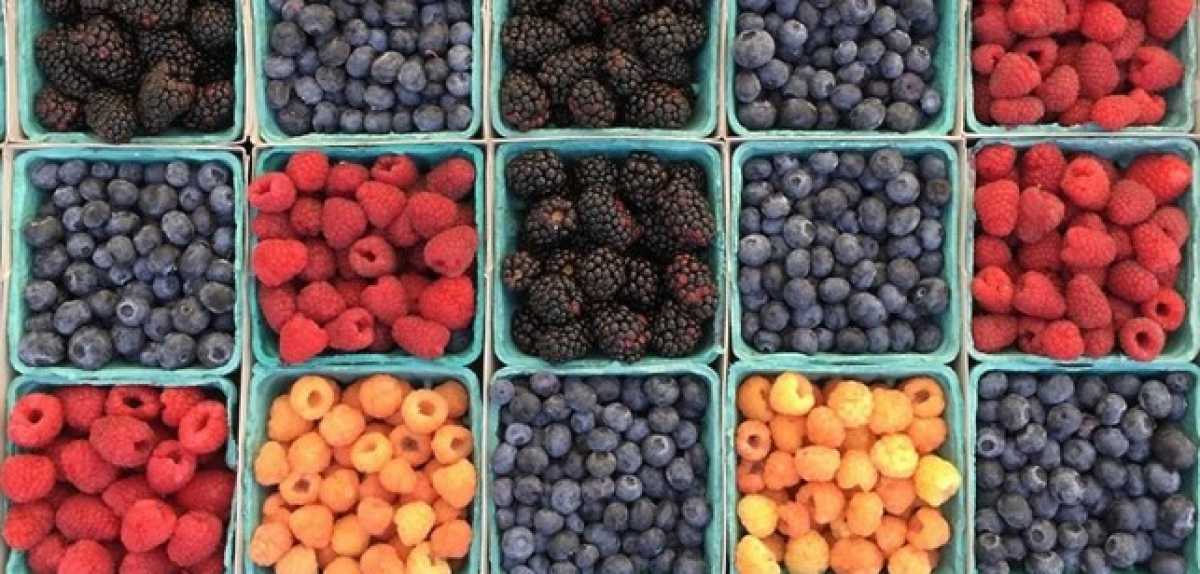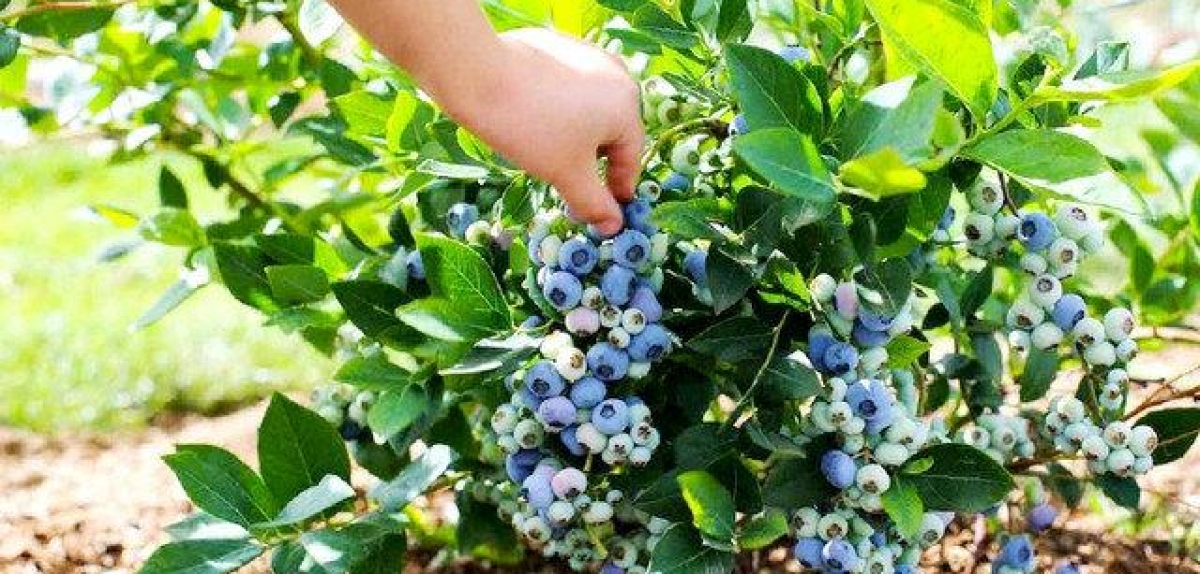
The effort to produce new varietal alternatives of the crop has not stopped increasing, so that the market for blueberry genetics for the industry already has its own rhythm, with an always new and very varied offer.
The extensive blueberry map
In the next decade, it is projected that the geography of blueberry production will extend to regions that will need increasingly special varieties, which must be adapted to soils or climatic realities that are very different from the biographical trajectory of the crop to this day.
The extension of the blueberry cultivation map has prompted the genetics market to develop more research and advance in the genetic improvement of plants to obtain new alternatives, to meet the growing demand of new producers that are integrated and the necessary varietal replacement of the old players in the industry.
For different tastes and needs
Blueberries belong to the group of species of the genus Vaccinium of the Ericaceae family and is one of the most recently domesticated commercial fruit trees. The most important is the High Blueberry (Highbush), which represents more than 80% of the cultivated species. It is followed by the Rabbit Eye species (Rabbiteye), with a proportion of around 14%.
The species Highbush, in turn is divided into varieties Southern highbush, for areas with less cold requirement, and Northern highbush, with higher thermal requirements in winter recess. The species Rabbiteye It is ideal for areas with few hours of cold. The hundreds of existing varieties are the result of the crossing of these species
In general, the varieties do not differ greatly from each other and maintain a similar color or shape in their fruits. In appearance they are difficult to differentiate accurately to the non-expert eye. It is in the organoleptic qualities where the distinguishable elements and the characteristics that make them more competitive, differentiating or profitable compared to others are located.
Quality is the requirement
It is also about improving the quality of blueberries to satisfy the high demands of consumers that are multiplying around the world, many times with different consumption expectations, according to their culture or local customs.
In general, the details that determine the quality of the new varieties, from the point of view of the producer's expectations, is firstly the productivity of the plant, then it is the organoleptic qualities of the fruit that determine their best quality and differentiation, such as the flavor, sweetness, greater caliber, bloom, crispness, and above all the firmness to face long trips to the destination markets, which allow it to maintain the qualities that make it different.
A relevant topic for the industry
This varietal availability has also had to adapt the development of new management and production techniques, such as hydroponics, with the use of protective covers and substrates in bags or pots that replace precarious, unsuitable soils, or those lacking the water resources necessary for cultivation. of the blueberry.
The revolution of new varieties and plant genetics offered to producers in different countries and regions, who produce with different management systems and in different climates and conditions, will be a relevant topic that will be addressed by the main specialists in the International Seminars. of Blueberries that will begin on June 2 and 3 in Guadalajara, Mexico, will continue in Chile and will end in Lima, Peru, on June 24.
In addition to the most recognized experts, the main international nurseries and the different local programs will be present at the meetings, so there will also be a wide range of products and business alternatives for the attending producers and agricultural companies.
Source: Blueberries Consulting

 En
En  Укр
Укр 



